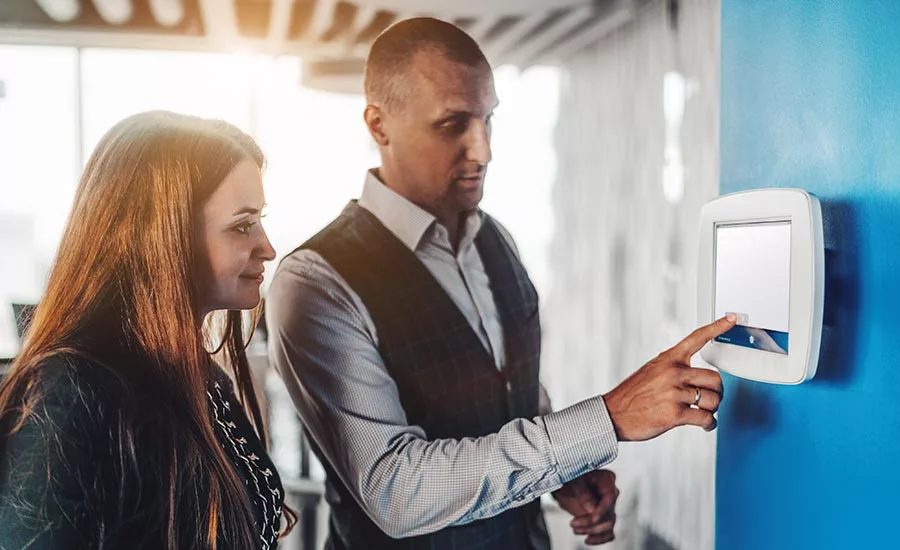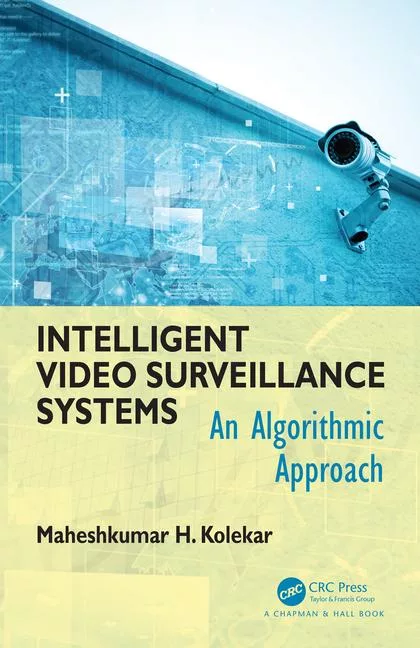12 questions to ask before selecting an IP intercom solution

Keeping your employees and visitors safe and protected is a key priority in enterprise risk management, both from external influences as well as onsite.
IP intercom solutions have emerged as a “must have” security solution for new and established facilities to protect people, assets, and property. A key component of an IP intercom solution, however, is its ability to provide intelligible communications to allow your security team to see beyond video and to protect employees and visitors from seen and unseen threats.
What are 12 questions that you should ask before selecting an IP intercom solution?
- Does the IP intercom solution allow you to hear clearly? While video surveillance may show a scene and access control can either keep someone out or invite them into a facility, an intelligent communications solution can detect voices, high noise levels, breaking glass, or other sounds that are not within direct view of a camera. In some environments, background noise must be mitigated through active noise reduction software, so that someone speaking in that area can be clearly heard and understood. A clear voice and sound clarify the intent behind the images that are captured on camera and increases situational awareness.
- Does it allow you to interact clearly and quickly? Clear voice intelligibility – the ability to understand what is being said – is critical to the success of any intercom system. To obtain that clarity, an IP intercom solution should employ a microphone that can withstand interference and can cover a wide range of frequencies for consistent performance. The amplifier should be energy efficient and provide enough power to overcome loud environments, while the speaker volume itself should automatically adjust to an audible level to overcome ambient noise levels.
- Does the IP intercom deliver high-definition video? As important as intelligibility is with an intercom solution is a video quality that can capture all movements. Look for a wide-angle lens and strong low-light performance to deliver excellent image quality, day or night. A wide Field of View will capture more of the area around the intercom station, and a 30-per-second frame rate provides a natural look for any movement caught on the camera.
- Does it integrate with my other existing security and communications technology? As today’s security technology becomes increasingly intelligent, interoperability between platforms becomes more important than ever. Any IP intercom you choose should utilize industry standards such as SIP, ONVIF, and standard APIs, to integrate seamlessly into your other systems, including Access Control, Video, and VoIP-based phone systems. Look for feature-rich integrations from manufacturers who have well-established business partnerships and are committed to maintaining and improving their integrations over time. Interoperability is the key to deploying a security solution that can consolidate information from a variety of sensors, process that data to identify and react to common security challenges and take advantage of future innovation.
- How does an integrated IP intercom solution benefit my security officer? Today’s interactive enterprise security systems need crystal clear voice, access control, and video surveillance working together to mitigate security risks. Working with an integrated IP intercom platform, the officer can manage all communications through their access control workstation interface – answering and placing calls, managing a call queue, viewing associated video, and locating callers on a map. Specific events, whether common or critical, can automatically trigger pre-recorded messages, such as social distancing instructions or emergency lock-down announcements. The result is better situational awareness, enabling a more informed, faster response by an officer who can easily see, hear, speak to, and manage any situation or threat that emerges.
- Does it allow for post-event analysis? Data can make a difference in your risk mitigation strategy. Voice adds interactivity between the security officer and the person in front of the camera, and that data, which goes beyond video surveillance images, can be shared between security, police, emergency services and more. Your team is now providing first responders with actionable data for a more effective response to the incident and a strategy to mitigate future incidents.
- Does it have a robust design? Look for an IP intercom station that is well protected from potential damage and destruction, with a solid aluminum, die-cast frame to defend it from tampering. A UV-resistant speaker design will provide an open flow of audio, as well.
- Is it touchless? We increasingly live in a touchless world, as contactless access has been amplified by the COVID-19 pandemic. Therefore, your intercom solution should include a touchless sensor, as an accessory, for users to activate intercom calls by gesture recognition, for example, with the swipe of a hand.
- How does it perform in remote locations? A solution that provides realistic voice with a speaker volume that automatically adjusts itself will allow your security teams to talk and listen to the individual that’s seen on the camera, no matter where the location or how remote. Humans instinctively respond to real-time voice and audio, no matter where they are.
- Is it cybersecure? Any intercom solution should meet IT requirements for mission-critical systems and provide defense from cyber threats and attacks. Look for an intercom vendor that has implemented IEEE 802.1X network access control, and who stays on top of the latest vulnerabilities with regular software upgrades to ensure their systems provide secure, reliable communication.
- How does an integrated IP intercom solution benefit my organization? In addition to enabling more efficient response by security personnel, an integrated security solution enhances business optimization by streamlining daily operational needs. By automating common security tasks, the workload on security staff can be reduced, and critical alarms more easily identified in a busy workflow. Intercom device status is monitored so that outages are immediately identified, preventing any liability from devices that don’t work when a critical call is placed. Communication events are logged and archived alongside all other security alarms, so that reports can be run to investigate an incident or analyze usage, making it easy to calculate the system’s ROI. Further protect your investment by choosing a manufacturer known for high-quality construction that is built to last and strong technology partnerships that ensure integrations are reliable over time.
- Overall, does the solution allow me to hear and be understood, anywhere and anytime? It’s worth repeating – it is critical that any IP intercom solution provides intelligibility, in any environment, no matter how noisy or unpredictable. In coming years, voice will be used in a variety of ways, from confirming our identity to controlling our technology through voice commands and can only be effective if the audio is crystal clear, in every situation. By investing in the best possible audio quality, you’ll be equipped with a powerful tool that can adapt to future innovations and provide value for many years to come.
The IP intercom system that you select should provide intelligible communication, which will ultimately help you to reduce vulnerabilities, improve response time, and provide a virtual presence for all locations.
This article originally ran in Security, a twice-monthly security-focused eNewsletter for security end users, brought to you by Security Magazine. Subscribe here.
Looking for a reprint of this article?
From high-res PDFs to custom plaques, order your copy today!








